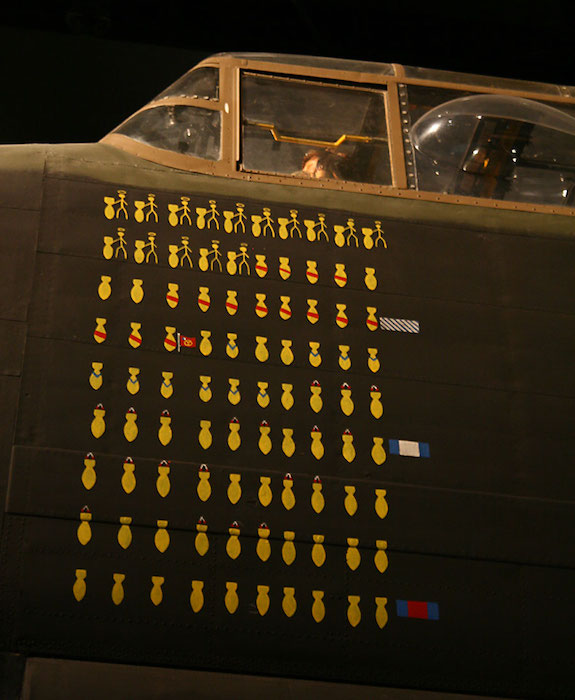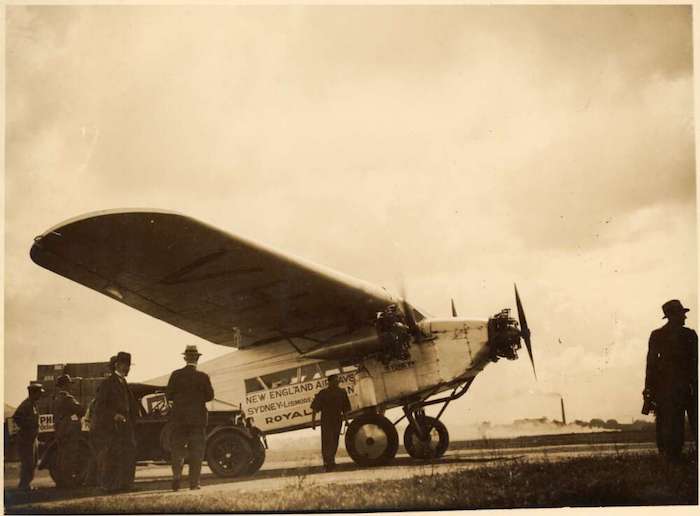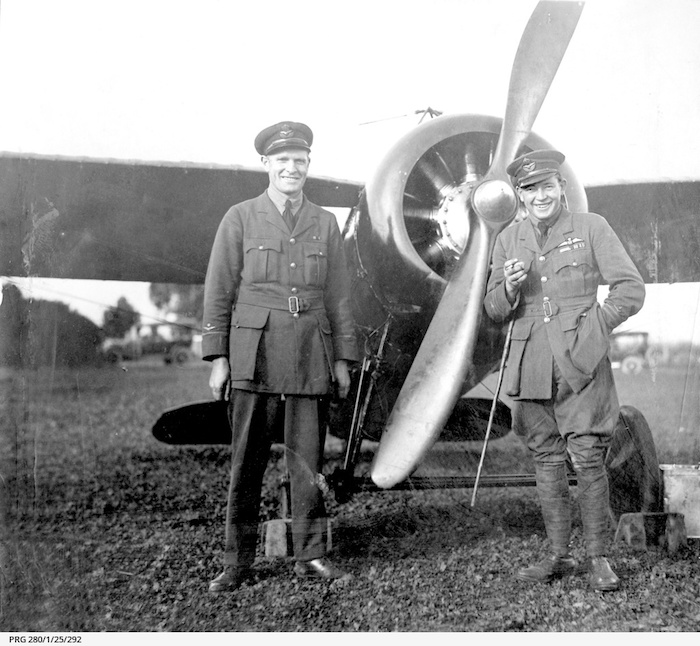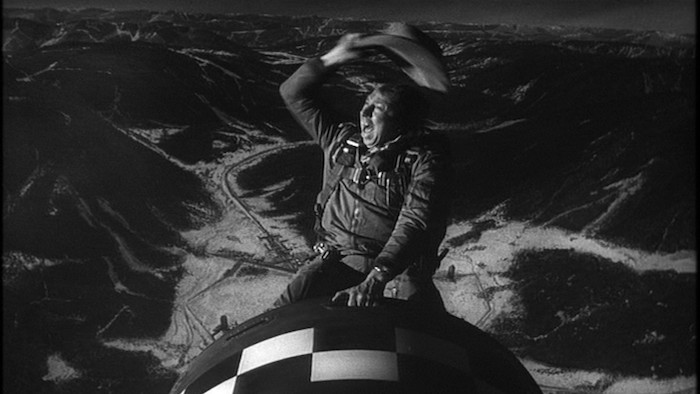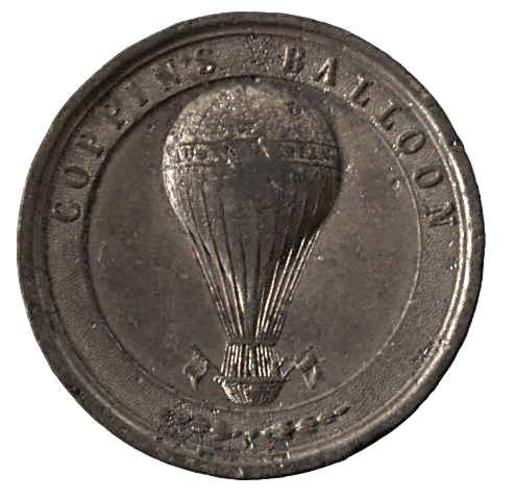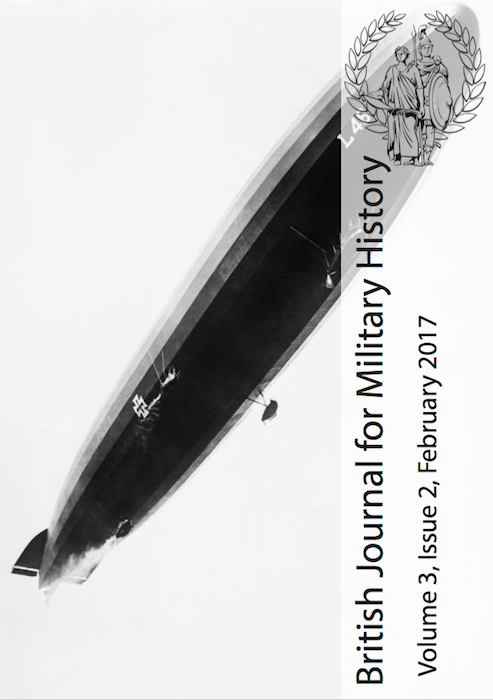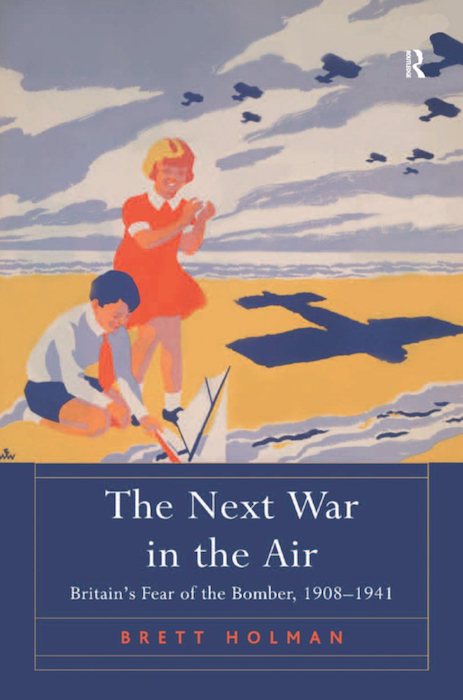In search of lost airships
In an earlier series of posts I discussed Australia’s first airship, the White Australia, which flew in 1914. It turns out that there was an earlier Australian airship, of a sort: the Airem Scarem. Indeed, according to a 1907 newspaper advertisement it was the ‘First Airship below the line’ (equator, presumably). From the above photo, […]



